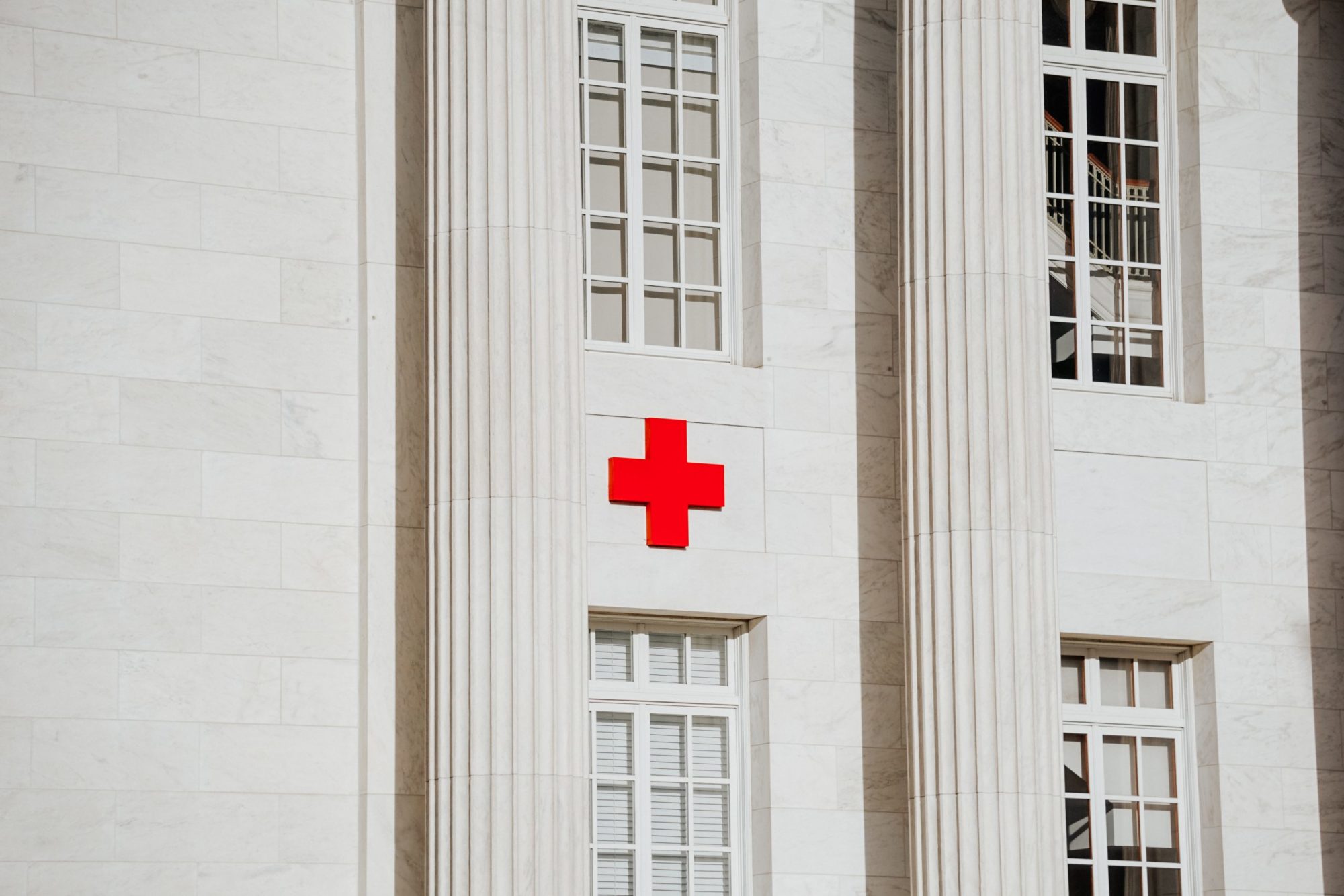How have the coronavirus pandemic and #BlackLivesMatter movement challenged our assumptions about humanitarian aid and crisis response? Should our public health, political, and cultural situation in the U.S. be considered a humanitarian crisis? And how should we understand the future of humanitarianism in light of these developments?
I recently attended a webinar with The New Humanitarian titled “When the West Falls into Crisis,” aimed at addressing some of these questions. Moderated by TNH director Heba Aly, this discussion between several leaders in the aid sector offered some helpful insights. Here are some of my takeaways.
Redefining fragility and vulnerability
Our modern conception of humanitarianism has traditionally centered around the intervention of richer Western nations in poorer “foreign” nations of people of color. As cartoonist and political commentator Patrick Gathara discussed, our very language and imagery surrounding humanitarian crises and aid have shaped our assumptions about who is vulnerable, how they should be helped, and who should do the helping.
When we picture a crisis victim, we typically imagine a Black, emaciated African, Gathara explained. Even within U.S. aid organizations, images of Black bodies are associated with neediness and incapacity, shaping both the approaches to aid and the collective consciousness of those receiving it. Angela Bruce-Raeburn, Regional Advocacy Director for Africa at the Global Health Advocacy Incubator and member of Black Women in Development, added that words such as “resilient” typically used to describe vulnerable people can glorify crisis and reinforce the status quo, all while perpetuating the narrative of “developing” nations and Black people in particular as perpetually needy.
Recent developments, however, have challenged these assumptions and the Western domination of the aid sector. International aid workers and organizations have shifted inward in response to the pandemic and now to racial justice movements, highlighting our own public health crisis and systems of gross injustice.
Should the U.S. then be considered a fragile state? Candace Rondeaux, senior fellow at the Future of War and New America’s International Security Program, argued that, contrary to our traditional conception of vulnerability, it should.
The Fund for Peace’s Fragile States Index provides four categories of indicators for fragility—cohesion, economic, political, and social—which cover factors including “erosion of authority to make collective decisions, inability to provide reasonable public services, inability to interact with other states as a full member of the international community, sharp economic decline, group-based inequality, and institutionalized persecution or discrimination.” The U.S. has arguably demonstrated many of these indicators to varying degrees, especially in the last few weeks and months, and yet we rarely consider ourselves a fragile state or consider what we might learn from “less developed” nations. Karen Attiah has an interesting response to this irony in her opinion piece for The Washington Post, titled “How Western media would cover Minneapolis if it happened in another country”—I encourage you to check it out.
So what does all this mean for the future of humanitarianism? The notion of “white savior aid” is crumbling, and it should.
A new approach to humanitarian aid
Along with challenging our assumptions about fragility and aid, this current moment has resurfaced calls to address systemic injustice within the U.S., leading the aid sector to rethink its approach internationally.
More specifically, we should revisit the framing of humanitarianism as distinctly apolitical and “neutral,” said Degan Ali, CEO of Adeso. Humanitarian foresight advisor Aarathi Krishnan explained that “[anti-fragility] requires the conscious work of deeper, longer term implications to better understand the social, structural and policy level shifts that might need to occur.” Characterizing humanitarianism as apolitical overlooks the systemic, structural problems that cannot be solved by mere monetary or technical donations like food and water.
How then should we develop a more holistic understanding of and approach to aid?
Krishnan suggested we reframe “charity” as the pursuit of justice and social equity. Transformative change “is not merely about responding to externalities. It also requires a shift of structure, model, decision making, risk appetite, financing, collaborations, cultures, and internal agility,” said Krishan. In other words, we must reconsider how we leverage representation, finance, leadership, and structure to address not only immediate emergencies but the systems that cause them and prevent their resolution.
One large step toward this kind of change is the localization of aid efforts, an approach highlighted by this pandemic and recent racial justice advocacy. As Ali explained, empowering local leadership and communities to both assess their own problems and create solutions will build capacity rather than dependence on international organizations or agencies. This kind of localized, participatory approach can also help dismantle unjust systems of power and lead to better, more longer-lasting outcomes.
An uncertain future
The long-term impact of the pandemic and #BlackLivesMatter movement on the aid sector is largely uncertain as our situation continues to evolve. However, there’s a lot we can learn from some of the questions and issues raised by discussions like these. I was personally struck by one call to action mentioned during the webinar: for leaders of humanitarian organizations to have humility, to continually evaluate their own assumptions and recognize the limitations of their individual perspectives.
It’s something I think we as students can already begin practicing as we seek to promote justice in our own lives and communities, and it’s a value that motivates our exploration and learning here at Novel Hand.
For more on the future of humanitarianism—How do we localize aid efforts? Why should we diversify leadership within humanitarian organizations? What’s anticipatory action and how should the aid sector adopt this approach?—look out for my future posts!
- Beirut and the Disaster Life Cycle - August 10, 2020
- What You Should Know About the Uighur Human Rights Crisis - July 28, 2020
- “Slacktivist” to activist - July 13, 2020
